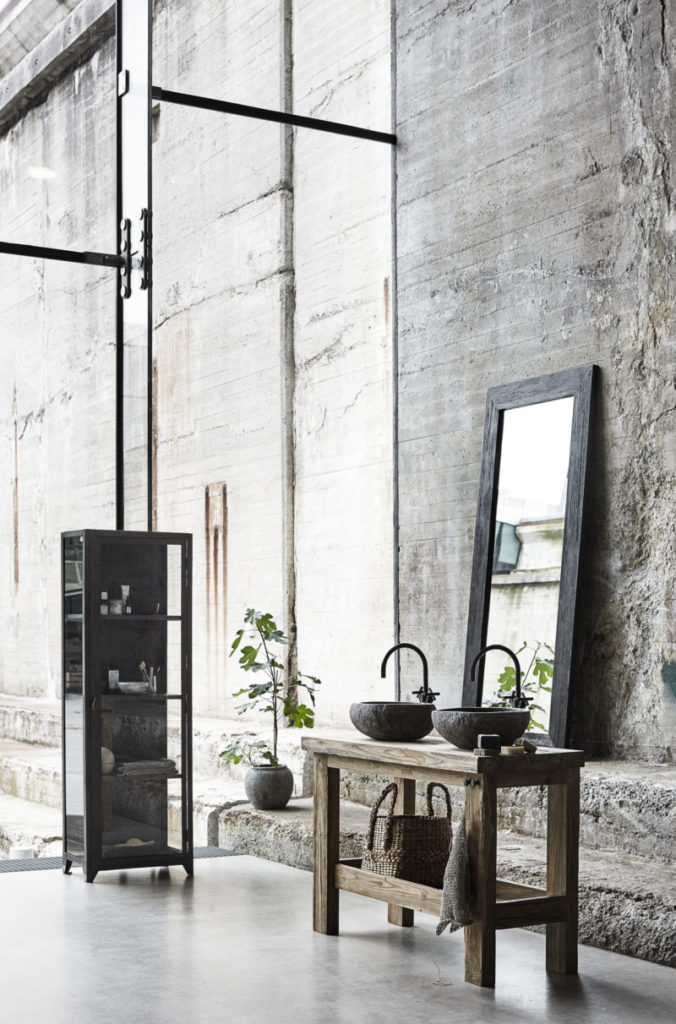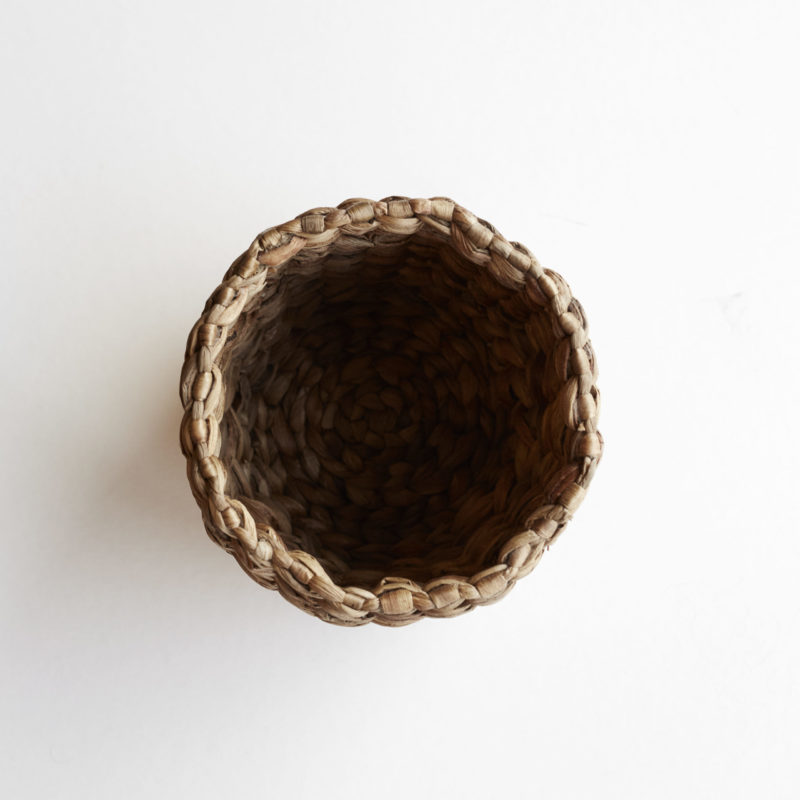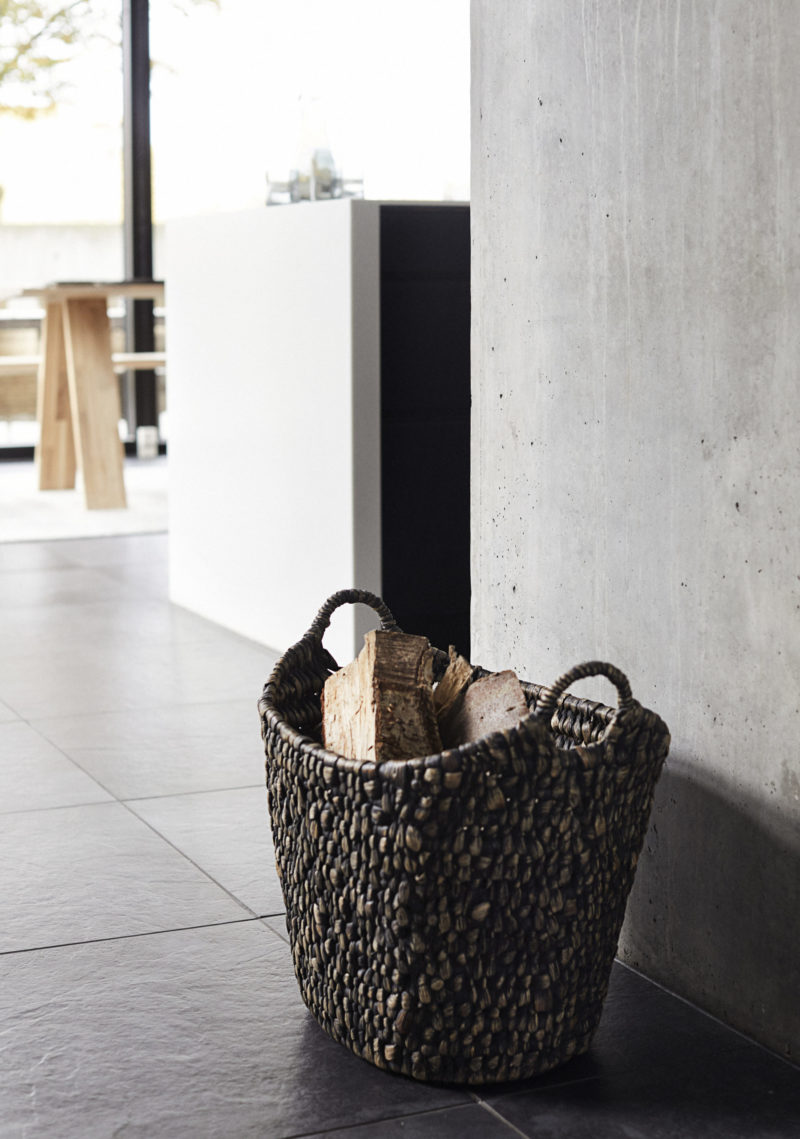At KAGU, natural materials such as water hyacinth play a big role both within our shop, and in our interior design projects. I love the look of natural materials, and I know I’m not the only one! The rise of sustainable practices and more conscious buying habits have really pushed the natural materials market up the totem pole! You’ll see many variations of these baskets dotted around, but very few people actually know about the origins and creative practices used to make them. Water hyacinth is a fast-growing aquatic plant that is native to South America. It is known for its beautiful purple flowers and glossy green leaves. In recent years, water hyacinth has become popular for use in basket making. Unfortunately, it is a highly invasive species that can take over bodies of water and harm local ecosystems, but by using water hyacinth for basket making, artisans are able to control and remove the plant from local waterways, helping to preserve the balance of the ecosystem, whilst simultaneously fulfilling the demand for these beautiful baskets.
KAGU Hyacinth baskets are handwoven by skilled artisans using traditional techniques. The process of making a water hyacinth basket begins by harvesting the plant from the water. The leaves and stems are then stripped and dried in the sun. Once dry, the plant material is soaked in water to make it pliable and easier to work with. The artisans then begin the process of weaving the baskets.
Water hyacinth baskets are usually made using a coiling method, where the dried plant material is coiled and stitched together using a needle and thread. The baskets are shaped and moulded by hand, creating a variety of sizes and shapes.
Water hyacinth baskets are also praised for their durability, as the hyacinth is a strong and flexible plant, making it ideal for basket making. These baskets can be used for a variety of purposes, including storage, decor, and even as planters for plants.
View KAGU Hyacinth Baskets in our shop



